…eine junge, von Gerhard Kasinger und Peter Weiser, zwei bekennenden „Coffeeheads“ geführte Rösterei aus Braunau a. Inn in Österreich.
Gegründet wurde das Unternehmen im Jahr 2020 und ist seitdem eine zuverlässige Adresse, wenn es um specialty coffee geht. Einige der Kaffees sind mittlerweile sogar bio-zertifiziert.
Grund genug, um den Jungs mal näher auf den Zahn zu fühlen.
Peter, wie seit Ihr auf die Idee gekommen mit einer eigenen Rösterei zu starten?
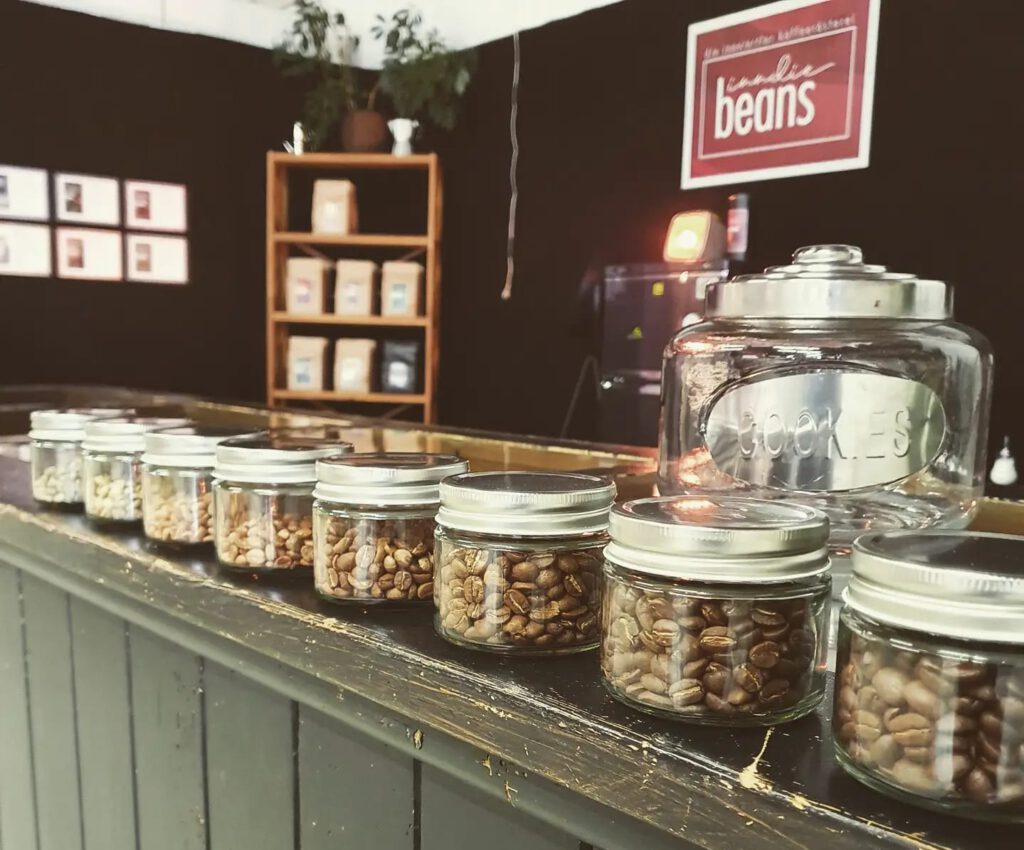
„Ich habe damals für mich und mein privates Umfeld schon seit ca. 17 Jahren Kaffee mit einem kleinen Probenröster geröstet. Da die Nachfrage ständig stieg, überlegte ich, mir einen größeren Probenröster zu kaufen. Mein Plan war damals aber, dass das Kaffeerösten weiterhin ein Hobby bleiben sollte. Gemeinsam mit Gerhard entstand die Idee, gleich einen größeren Produktionsröster anzuschaffen, und diesen dann gewerblich zu nutzen. Nach einigen Monaten Recherche wurde dann das passende Gerät gefunden und gekauft. Einen ersten Feldversuch starteten wir bei einem Weihnachtsmarkt im Jahr 2019, wo wir testen wollten, wie groß denn das allgemeine Interesse der Bevölkerung an handwerklich geröstetem Spezialitätenkaffee ist. – Da die positive Resonanz enorm war, wussten wir dass wir auf dem richtigen Weg sind.“
Wie geht Ihr bei der Auswahl des Rohkaffees vor und welche Faktoren spielen eine Rolle?
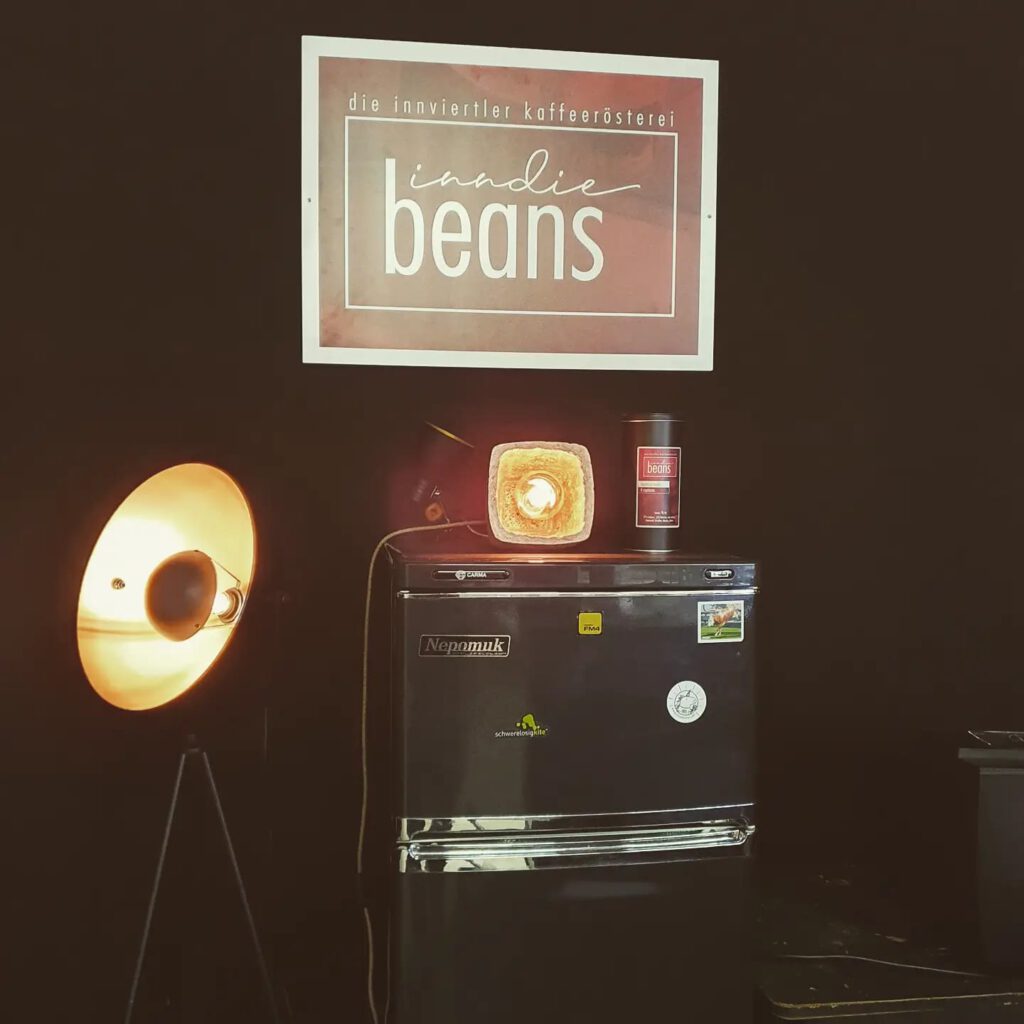
„Grundsätzlich gibt es zu jeder Kaffeeregion – ähnlich wie beim Wein – typische Geschmacksnoten und Aromen, welche die im jeweiligen Gebiet angebauten Bohnen mitbringen. Die Höhenlage, und auch einige andere Faktoren, wie die Sonneneinstrahlung bestimmen, ob ein Kaffee langsam oder schnell wächst. Je mehr Zeit der Kaffee zum Wachsen hat, desto mehr Aromastoffe sind dann später in der Bohne gespeichert. Wir überlegen uns zuerst, wie das Endergebnis in der Tasse aussehen, und für welche Zubereitungsart der Kaffee geeignet sein soll. Danach suchen wir dementsprechend die jeweiligen Kaffeesorten aus. Je nach gewünschten Eigenschaften des Endproduktes, verwenden wir Single-Origins oder Blends – also Kaffeemischungen.“
Vereinfacht ausgedrückt ist Kaffee rösten ja nichts anderes als Rohkaffee mit Hitze und Bewegung in Verbindung zu bringen. Was aber sind die Parameter, auf die es ankommt und wie beeinflussen diese das fertige Ergebnis?
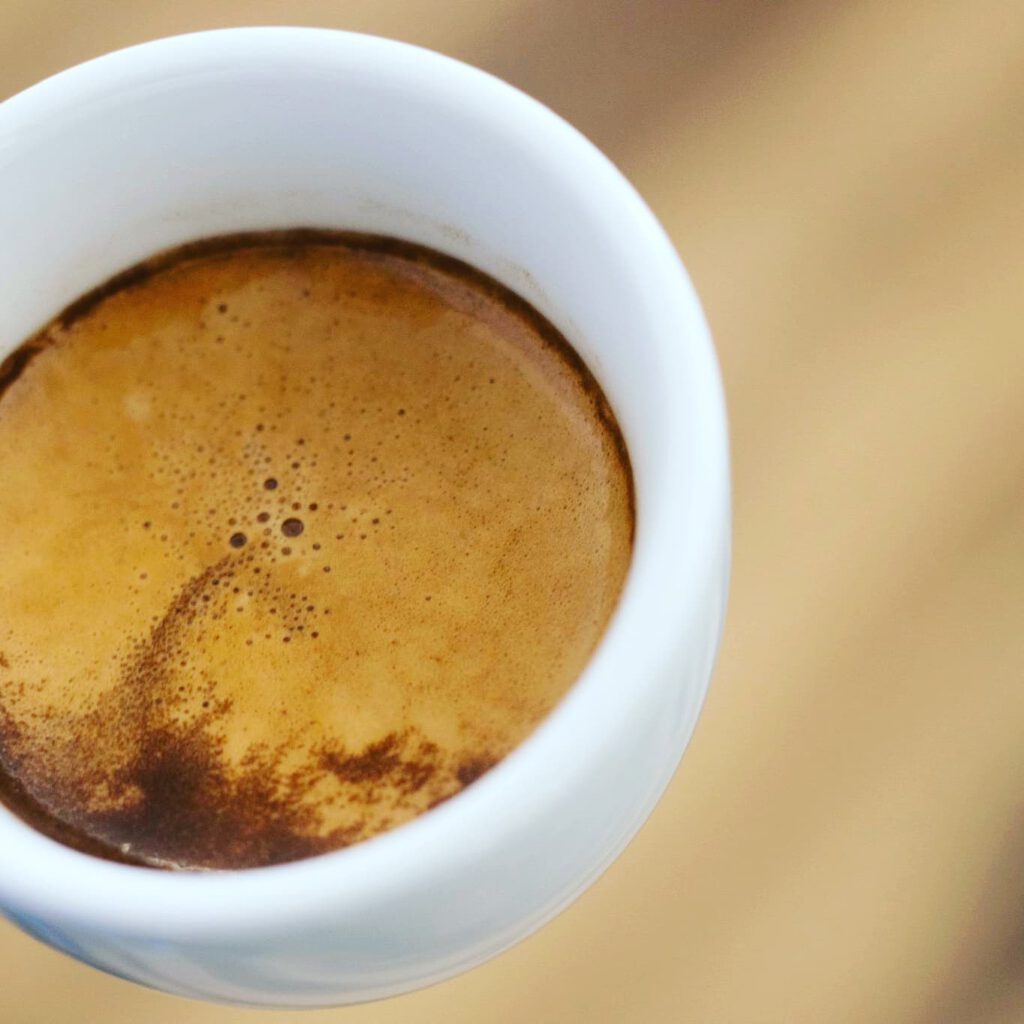
„Es gibt sehr viele Parameter, die zusammen in Kombination eine gute Röstung ergeben können. Diese sind aber für jede Kaffeesorte und Verarbeitung der Kaffeekirschen individuell unterschiedlich. Auch von Ernte zu Ernte ändern sich die Eigenschaften jeder Bohne.
Die Röstparameter müssen ständig daran angepasst werden. Dazu zählen zum Beispiel die Temperatur und der Temperaturverlauf, die Dauer der Röstung, die Röstkurve, Drehzahl der Rösttrommel, ROR – also im Prinzip die Geschwindigkeit des Temperaturanstieges während der Röstung und einige andere.“
Was macht für Euch einen gelungenen Röstvorgang aus?
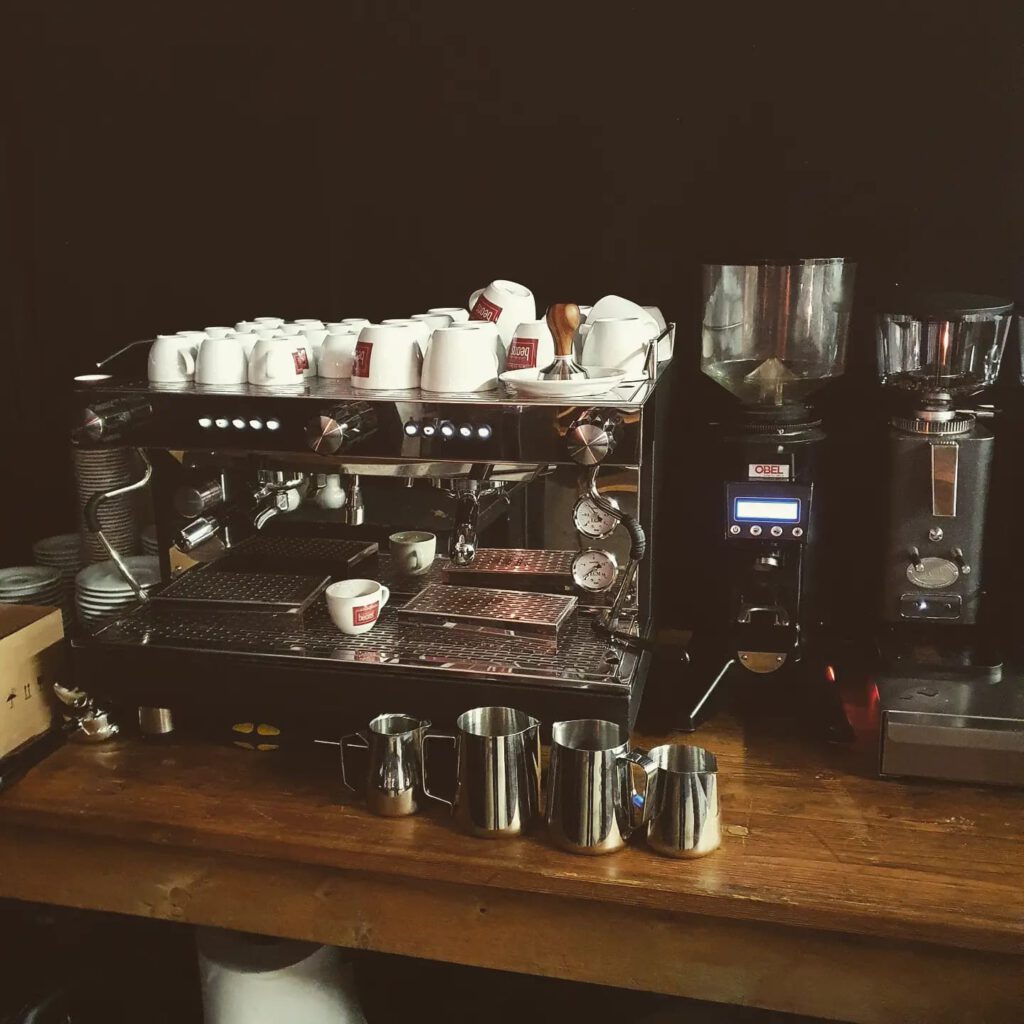
„Jeder Kaffee wird bei uns ca. 24 Stunden nach der Röstung bei einem Cupping getestet. Dadurch können wir die Qualität unserer Röstungen ständig kontrollieren und sicherstellen. Für uns ist eine Röstung dann gelungen, wenn der Geschmack des Kaffees in der Tasse ausgewogen ist, sprich die einzelnen Aromen, die in der Kaffeebohne gespeichert sind, sowie die gewünschten Röstaromen nach dem Brühen präzise erkennbar sind.“
Wie sieht es mit Eurer Lieblingskaffeesorte aus?
(Wie heißt Sie, wo wächst Sie, was sind die Charakteristiken)
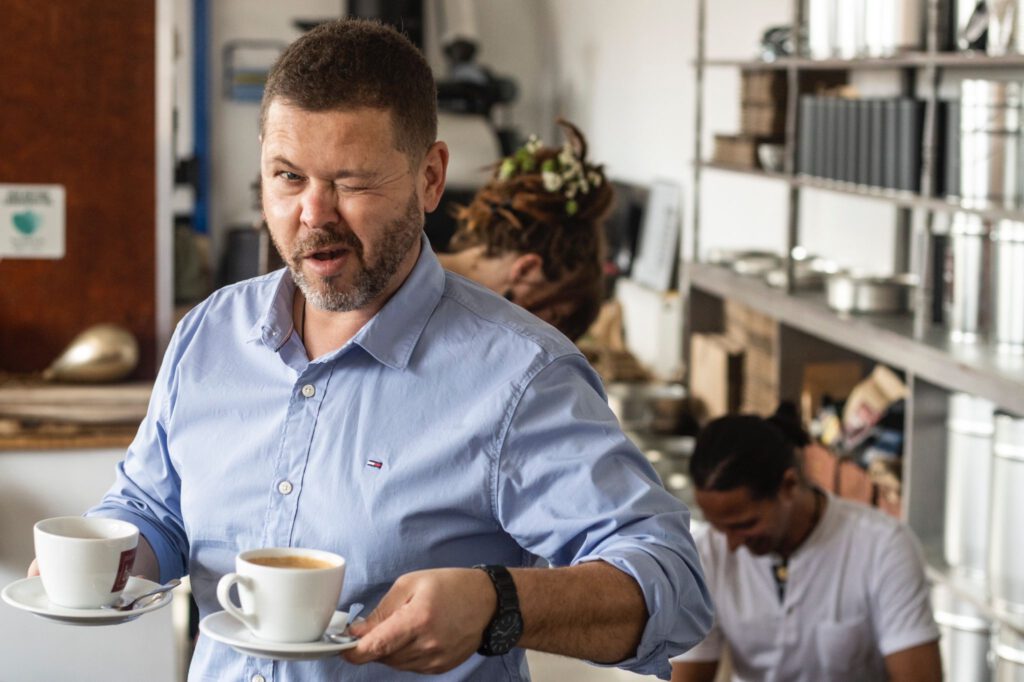
„Unsere aktuelle Lieblingsbohne kommt aus Papua-Neuguinea, wo vor ca. 100 Jahren mit dem Anbau von Kaffee begonnen wurde. Der Arabica Kaffee wächst dort auf ca. 1500 Metern. Wir verwenden die seltenen Perlbohnen, die aufgrund des feinen Geschmackes sehr beliebt sind. Die Sorte hat leichte Zitrusnoten mit fruchtigen Aromen und einen beeindruckenden Körper. Daher ist diese Bohne – je nach Röstung – für Espresso genauso geeignet wie für Cold Brew oder Filterkaffee.“
Ich hoffe, dieses Interview mit Gerhard und Peter von Inndie Beans hat Euch gefallen. Gerne könnt Ihr mir in den Kommentaren schreiben, über wen Ihr hier in Zukunft mehr lesen wollt.
Im übrigen könnt Ihr Inndie Beans HIER auch online besuchen.
Bis zum nächsten Artikel würde ich Euch mein Review von der AeroPress Go nahe legen.